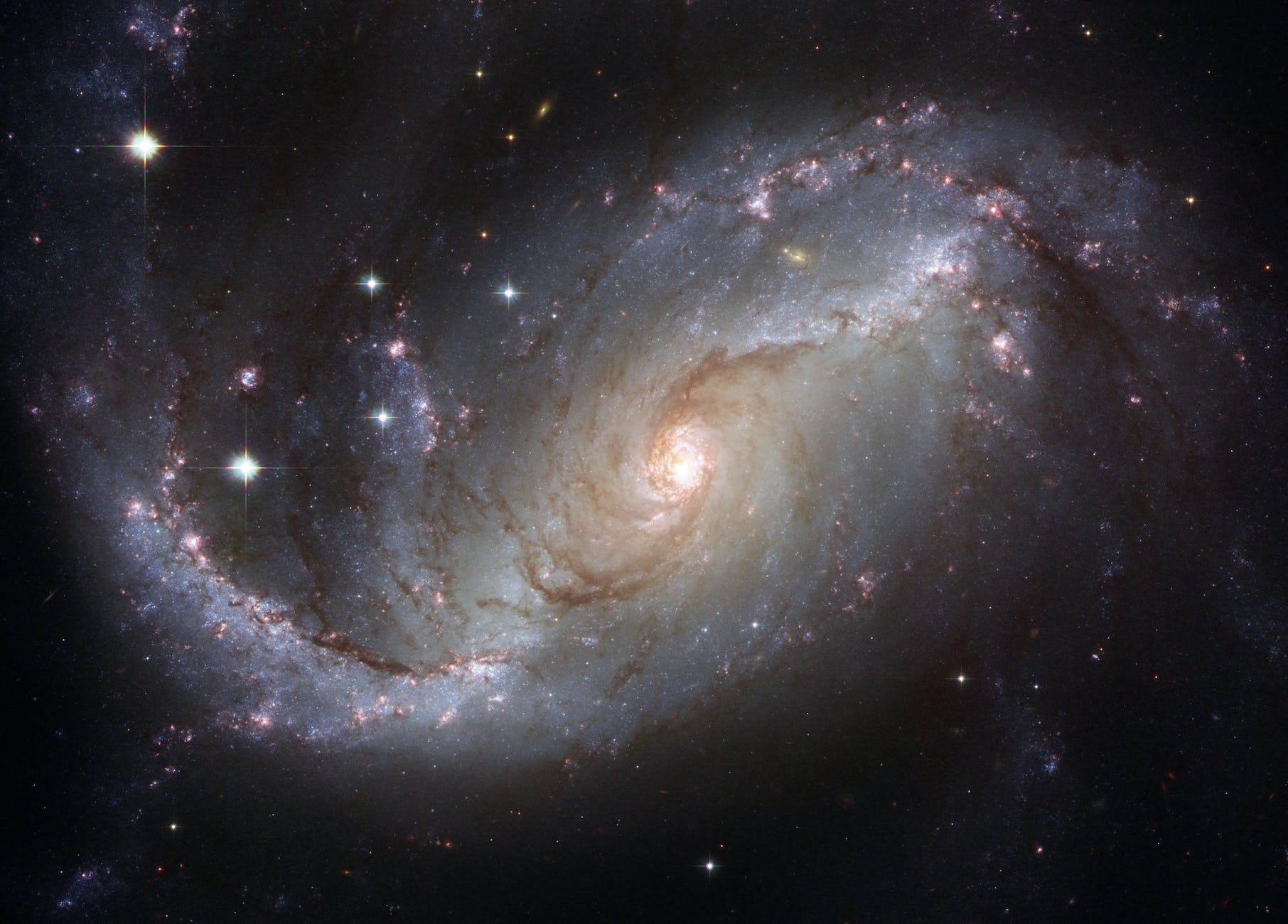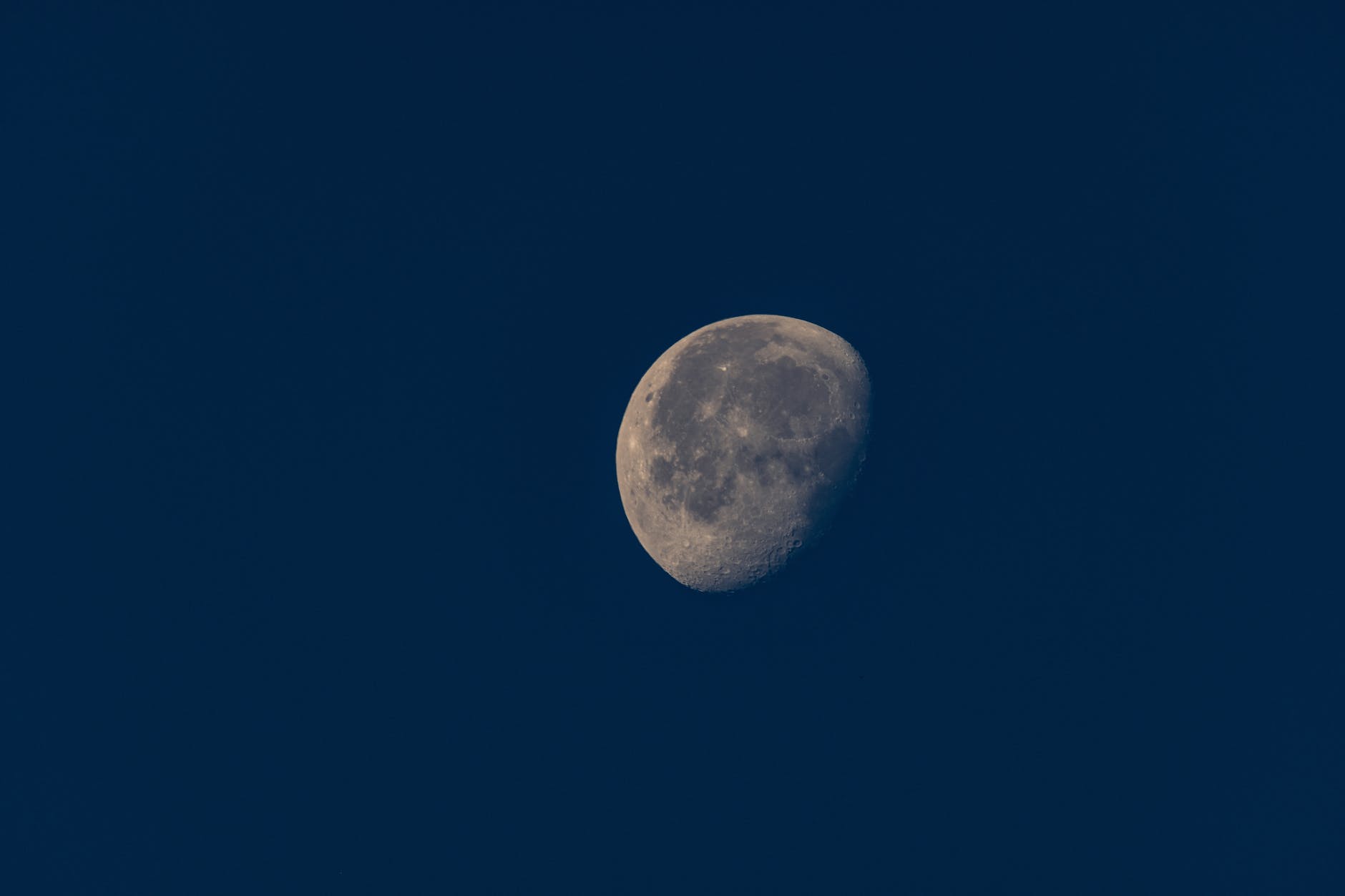
Our Moon
Our Moon
Our moon has captivated human beings for centuries. It’s a celestial body that we see every night and yet, it still holds many mysteries. In this blog, we will explore all there is to know about our moon – from its physical characteristics to its appearance, and even its place in pop culture.
This article covers everything:
- From the lunar surface, size, and mass.
- The structure, magnetic and gravitational fields.
- The atmosphere and surface conditions.
- Lunar rocks, comets and water vapor.
- The appearance, including how to view it and the different phases it goes through.
- The exploration of it – from early observations to modern missions.
- Total solar eclipses to Lunar Eclipse.
- How the tides (Low tides and high tides) is caused by it.
- The dark side of it and the near side of it.
- The first spacecraft that have visited it.
- The average distance from the earth.
- The long time science fiction of it.
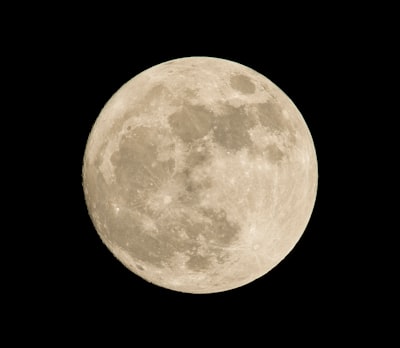
The Physical Characteristics of the Moon
Our moon is the fifth-largest natural satellite in the solar system and is about one-quarter of the size of Earth. It has a mass that’s 1/6th of Earth’s mass. Which means it exerts less gravity compared to Earth. Not sure exactly how many kilometres (km) it is. The surface of it is covered by rocks, dust, and craters. Resulting from millions of years of asteroid and meteor bombardment. The lunar interior consists mainly of rock including iron, potassium, magnesium, aluminum, silicon, and oxygen. This is from north to south pole.
The Moon’s orbit takes approximately 27 days to complete one full cycle around Earth while its rotation takes the same amount of time. The Moon’s gravitational influence on Earth creates tidal movements in oceans and causes small variations in our planet’s axial tilt leading to changes in climate patterns over long periods of time.
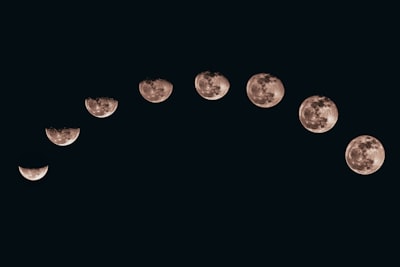
Size and Mass of Our Moon in Astronomy
The physical characteristics of our moon form are fascinating and unique. It is the fifth largest natural satellite in the solar system with a diameter of 2,159.2 miles. The mass of it is 7.349 x 10^22 kg and has a gravitational pull of 1.62 m/s² at its surface.
The moon’s surface is covered with impact craters from when objects from space hit it. This created some of the most impressive features on its huge kilometers landscape. Additionally, it has mountains, valleys, and maria (or dark spots) which were created by volcanic activity millions of years ago. These features add to the moon’s unique appearance and make it an object of fascination for many people around the world.
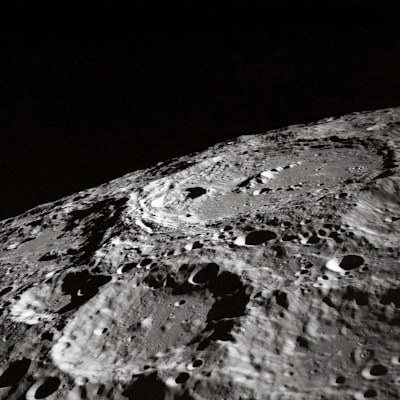
Structure of the Moon with Craters
The physical characteristics of our moon are fascinating to explore. Its structure is composed of several distinct layers, including a crust, mantle, and core. The moon’s surface is mostly solid with some areas covered in dust and regolith. The interior of it is made up of a molten iron-rich core surrounded by a rocky mantle.
These layers contribute to the unique features and properties of it and have been studied extensively by scientists and astronomers alike.
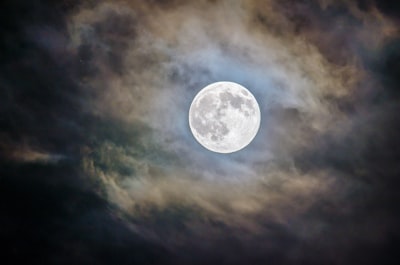
Magnetic and Gravitational Fields of the Moon
One of the physical characteristics of our Moon is its gravitational field, which is weaker than that of the Earth due to its smaller size and mass. This weaker gravitational field has several effects on it, including causing it to have a lower escape velocity than the Earth, which means that objects can be launched from the Moon’s surface more easily.
The Moon also has a weaker magnetic field compared to that of the Earth. The reason for this is that the Moon does not have a molten metal core like that of the Earth, which is necessary for generating a strong magnetic field. Without this magnetic field, it is more susceptible to the solar wind and cosmic radiation, which can have an impact on its surface features and composition.
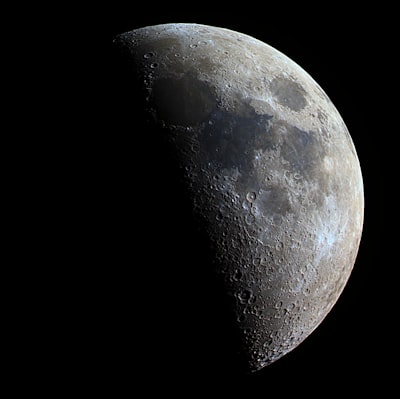
Atmosphere of it
One of the physical characteristics of it is its atmosphere, which is extremely thin and composed primarily of argon, helium, and other gases. In fact, the atmosphere is so thin that it cannot support any life on the surface. Unlike Earth’s atmosphere, which protects us from harmful radiation and regulates our climate, the moon’s atmosphere has very little effect on the lunar environment.
This lack of atmosphere also means that there is no weather to speak of on it; without winds or precipitation, the lunar landscape remains relatively unchanged over time.
Surface Conditions and Features of the Moon
The physical characteristics of it include its surface conditions and features. Its surface is covered in a layer of silicate dust and rocky debris known as regolith. Due to the absence of an atmosphere, temperatures on it can range from hot to cold depending on the location.
The Moon’s surface features include craters, mountains, valleys, and lava flows. These features were formed by various geological processes such as impacts from asteroids and volcanic activity. In total, there are over 100,000 identified craters on the Moon’s surface alone. Overall, understanding the physical characteristics of it can provide insight into both its history and potential for future exploration.
Presence of Water on the Moon
Despite being a dry, airless body, recent studies have revealed evidence of the presence of water molecules on the surface and in the lunar soil of Our Moon. Although there are no permanent bodies of water on the Moon, this water may be stored as ice in permanently shadowed craters near the poles.
The discovery of water on it is significant because it could provide resources for future human exploration and habitation. Additionally, it could potentially be used for rocket fuel production or other in-situ resource utilization activities. These findings have led to increased interest and investment in further exploring the presence and potential use of water on Our Moon.
Appearance of Our Moon
When we look up to the night sky, the bright appearance of our moon is due to sunlight reflecting off its surface. The moon itself is not actually white but has various shades of gray and yellow due to iron oxide present on its surface. The moon’s terrain consists of many mountains, plains, craters, and valleys, which can be seen with the naked eye or through telescopes.
The shape of it seems to change in the night sky because of an optical illusion known as the “moon illusion.” This happens when our brain interprets the size and location of the moon differently based on our surroundings. Overall, the appearance of our moon is a fascinating phenomenon that has captivated humans for centuries.
Viewing the Moon
The moon is a celestial body that can be easily seen in the night sky with the naked eye. Its appearance varies depending on its position relative to the sun, resulting in different phases of the moon. A full moon occurs when the entire face of it is illuminated by the sun’s light.
The best time to view it is during a clear night when there is no interference from clouds or other sources of light pollution. Viewing experiences can also be enhanced through telescopes and binoculars, which provide a closer, more detailed view of its surface. The beautiful appearance of our moon has captivated people for centuries and continues to inspire awe and wonder today.
Moon Phases
The appearance of it changes depending on its phase as it orbits the Earth. The Moon’s phases are determined by its position relative to the Sun as seen from Earth. There are four main phases of the Moon: New, Waxing Crescent, Full, and Waning Crescent. Each phase has a different amount of illumination and affects how much of the Moon’s surface is visible from Earth.
In addition to its changing appearance, the phase of Our Moon also has an impact on tidal patterns on Earth. As the gravitational pull of the Moon changes during different phases, it can influence ocean currents, marine life, and weather patterns. Understanding the phases of Our Moon is important for both scientific study and cultural traditions around the world.
Exploration of the Moon beyond Apollo
Our Moon has been a topic of fascination for centuries. Since the 1960s, humans have explored our moon and made many scientific discoveries. We now know that it is composed of rock, dust, and small amounts of water ice at its poles. The surface features of it include craters, mountains, valleys, and plains.
The Moon has caught the attention of scientists as a possible location for human habitation in the future. There are ongoing plans for lunar exploration missions to search for resources and assess the potential for human colonization. With continued exploration and technological advancements, we can expect to learn more about it and its potential uses in the years to come.
Early Observations from Earth
Exploration of it has revealed many fascinating details about its interior structure and chemical makeup. Recent observations have allowed us to gain a better understanding of the Moon’s geology and history. However, humans have been observing it since ancient times.
Early observations of it from Earth revealed that its surface is covered with craters caused by impacts from meteorites and asteroids. These impacts created vast basins such as the Aitken Basin on the far side of the Moon. Additionally, the light and dark patches on the surface of it are caused by differences in the composition and texture of its rocks. Through continued exploration, we hope to learn even more about this celestial body that has captured our imaginations for centuries.
Race to the Moon
Exploration of our moon has been a topic of interest since the 1950s, when both the United States and the Soviet Union launched efforts to explore it. Since then, scientists have made many interesting discoveries about our nearest celestial neighbor, including its age, composition, and gravity.
Additionally, our moon has also been a great source of inspiration for artists, poets, and writers throughout history. From romantic moonlit scenes in literature to depictions of the moon in paintings and photographs, our moon continues to captivate the imagination of people around the world. Despite all we have learned about our moon so far, there is still much more to discover and explore in the future.
Modern Missions to the Moon
Modern missions to Our Moon have been conducted by various space agencies around the world. NASA‘s Artemis program is planning to send astronauts, including the first woman and next man, to the surface of the Moon again by 2024.
Apart from human exploration, robotic spacecrafts have been sent to explore the lunar environment and help map out its features. These missions have revealed new insights into the moon’s geology and composition, as well as its impact on Earth’s history. The exploration of Our Moon continues to be an exciting area of study for scientists and researchers alike, with many more missions planned in the future.
Pop Culture and the Moon
The Moon has made appearances in many films and television shows, where it is often used as a symbol of strength or vulnerability. It has been an integral part of storytelling throughout history and continues to captivate audiences today. Including such things as harvest moon.
Marketers have always capitalized on the romanticism attached with this celestial body. You can find numerous products marketed around the idea of our moon’s beauty and appeal. Overall, our Moon’s impact on pop culture is undeniable; its unique charm continues to inspire people from all walks of life and will continue to do so for years to come.
From the celebrity that the apollo missions have created to Neil Armstrong and many others. From America to Russia and the space race of the past to the new moon race that is going on today.
Related Articles
- Nearest Habitable Planet
- The Sun
- Jupiters Moons
- Venus
- Planet Mars
What is the name of our moon?
The name of our moon is simply “the Moon,” although its scientific name is Luna. It is Earth’s only natural satellite and the fifth-largest moon in the Solar System. Anyone that says otherwise is just making things up as they go.
What are 5 interesting facts about the moon?
Here are 5 interesting facts about the moon:
1) It is the fifth largest natural satellite in the solar system.
2) The moon is approximately 4.5 billion years old.
3) It has no atmosphere and no magnetic field.
4) One day on the moon lasts about 29.5 Earth days. While one lunar year is equal to 12.37 Earth years.
5) The first mission to the moon was Apollo 11 in 1969, a historic achievement for human space exploration.
Conclusion
In conclusion, our moon is a fascinating celestial body that has captured the imagination of people for centuries. With its unique physical characteristics and surface features, it continues to be a subject of scientific research and exploration. Whether you’re an amateur astronomer or just someone who appreciates the beauty of the night sky, studying our moon is a great way to gain a better understanding of our universe.
Learning about other astronomy such as Venus, Mars, Mercury, Pluto, Jupiter. Come back to this website each and every month (January, February, March, April, May, June, July, August, September, October, November, December). All you need to do is follow us on Facebook, Twitter, Instagram, and our other social media.
